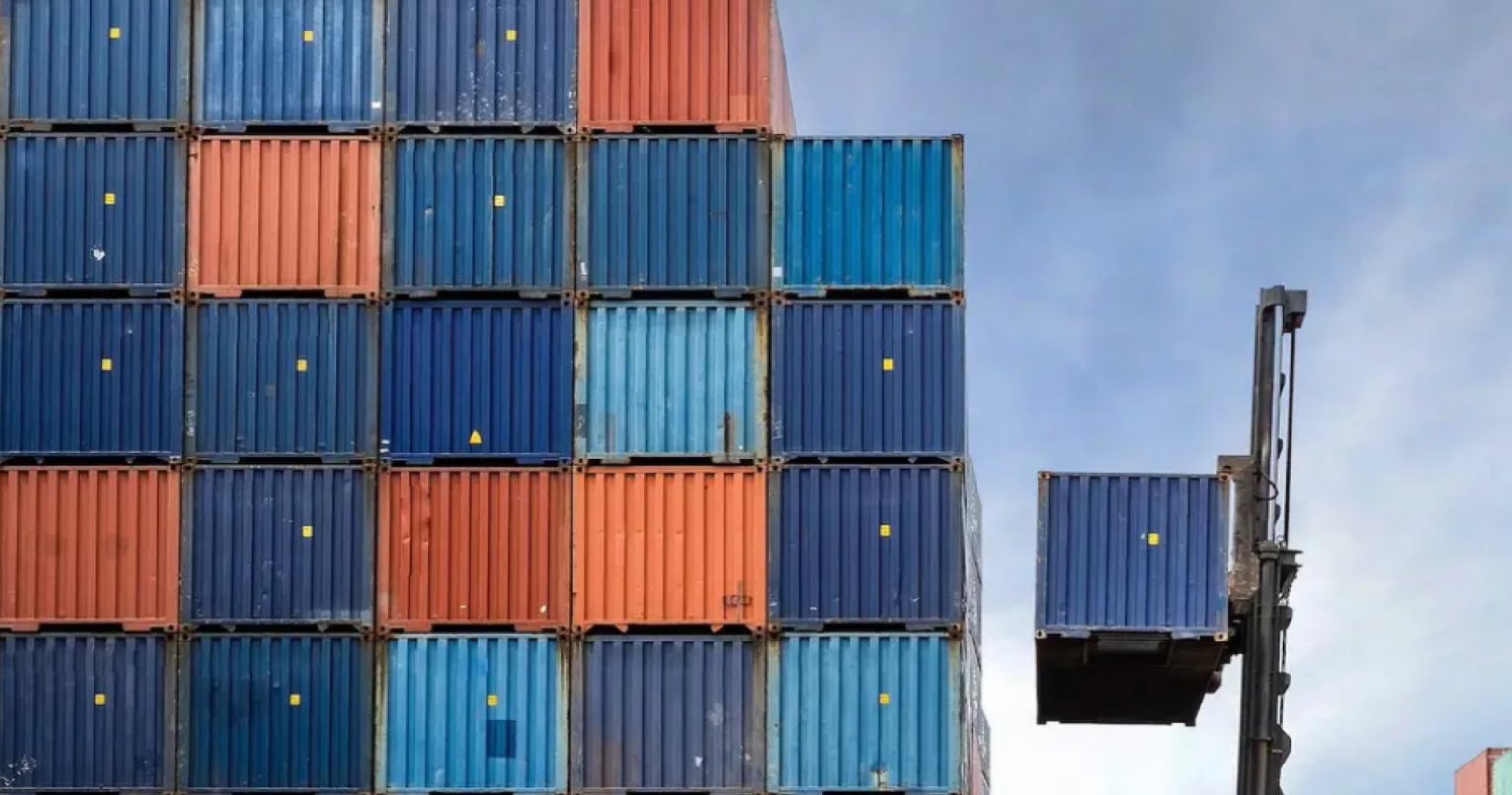Why Corrective Actions Are a Core Part of FSMA Compliance
Even with well-designed preventive controls, no food safety system is perfect. Deviations, non-conformances, and process failures are inevitable—but how a facility responds determines whether those issues become liabilities or catalysts for improvement. Under 21 CFR §117.150, the facility must have a process for managing corrective actions whenever preventive controls fail or are found to be ineffective. The PCQI is responsible for reviewing (or overseeing the review) of corrective actions for effectiveness within 7 days of the corrective action.
Corrective actions aren’t just about fixing isolated problems—they’re about ensuring those problems don’t happen again. When handled properly, they reinforce compliance, reduce risk, and create a feedback loop that drives ongoing process improvement.
When Are Corrective Actions Required?
According to FSMA regulations, corrective actions must be taken whenever:
- A preventive control is not properly implemented
- A monitoring or verification activity reveals a failure
- A deviation is observed from a critical limit.
- A product is potentially unsafe due to a process failure
Actionable Tip: Don’t wait for verification failures—empower staff to flag potential issues during routine operations to catch problems early.
Step 1: Identify and Document the Deviation
The food safety plan must define the responsibilities for taking actions and the actions to be taken when corrective action is required.
- Use standardized non-conformance reports (NCRs) to log what went wrong
- Record relevant details: date, time, product code, batch/lot number, equipment used, employees involved
- Include any affected product currently in production, storage, or distribution
Actionable Tip: Create a digital dashboard or shared drive where team leads can quickly input NCRs and escalate urgent issues.
Step 2: Isolate and Evaluate the Affected Product
Once a deviation is documented, the responsible person must evaluate whether the affected product is potentially unsafe or adulterated.
- Place affected product on hold immediately and label accordingly
- Review monitoring records to determine how long the deviation persisted
- Conduct testing or consult with QA/R&D to assess risk level
- Decide whether the product can be:
- Reworked or reprocessed
- Safely released based on justification
- Destroyed or disposed of
Actionable Tip: Establish hold-and-release protocols and decision trees to streamline responses and reduce hesitation during time-sensitive events.
Step 3: Perform Root Cause Analysis (RCA)
Corrective actions must go beyond the symptom to address the underlying cause. PCQIs should:
- Use structured RCA tools such as 5 Whys or Fishbone Diagrams
- Involve cross-functional teams from operations, sanitation, maintenance, and QA
- Distinguish between human error, training gaps, equipment failure, or procedural breakdowns
Actionable Tip: Use RCA deviations and maintain a log of recurring root causes to identify systemic trends.
Step 4: Implement and Document the Corrective Action
Once the cause is identified, corrective actions must be put in place and documented.
- Revise procedures, SSOPs, or control limits if needed
- Repair or recalibrate equipment
- Retrain staff on updated protocols
- Document all corrective actions, who performed them, and when they were completed
Actionable Tip: Use a standardized Corrective Action Request (CAR) form that links directly to NCRs, RCA results, and updated SOPs.
Step 5: Verify Effectiveness and Follow Up
The PCQI is responsible for verifying that corrective actions actually work and that the issue doesn’t recur.
- The PCQI must review (or oversee the review) of the corrective action records to see that decisions made were appropriate and the actions were effective.
They might also identify additional follow up actions such as:
- Conduct follow-up audits or spot checks
- Review updated monitoring records
- Interview staff or supervisors to confirm retraining took place
- Monitor for recurrence over a defined period
Actionable Tip: Add a column to your corrective action log that tracks “effectiveness review date” to ensure timely follow-up.
Building a Continuous Improvement Loop
Corrective actions aren’t the end—they’re the beginning of better processes. PCQIs should integrate lessons learned into broader improvement initiatives:
- Analyze root cause trends quarterly to inform training programs or capital investment
- Use corrective action data to update risk assessments and Food Safety Plans
- Include top recurring issues in monthly leadership meetings
Actionable Tip: Share anonymized corrective action summaries during team huddles to foster transparency and food safety ownership across departments.
Avoiding Common Pitfalls in Corrective Action Programs
- Only addressing the symptom → Always dig into root causes.
- Skipping documentation → If it’s not documented, it didn’t happen.
- Ineffective training follow-up → Verbal instruction isn’t enough; track and verify.
- Delayed responses → Timeliness is critical to regulatory credibility and product safety.
Actionable Tip: Audit your corrective action system at least twice a year to ensure it’s being followed consistently and yielding measurable improvements.
Elevate Your Food Safety Program Through PCQI-Led Improvement
Corrective actions and continuous improvement aren’t just regulatory requirements—they’re what separate reactive facilities from proactive ones. The PCQI plays a pivotal role in building a food safety culture that learns from mistakes, adapts quickly, and continuously raises the bar.
Registrar Corp provides PCQI training and compliance consulting to help food facilities establish strong corrective action systems and align with FSMA’s preventive control requirements.








